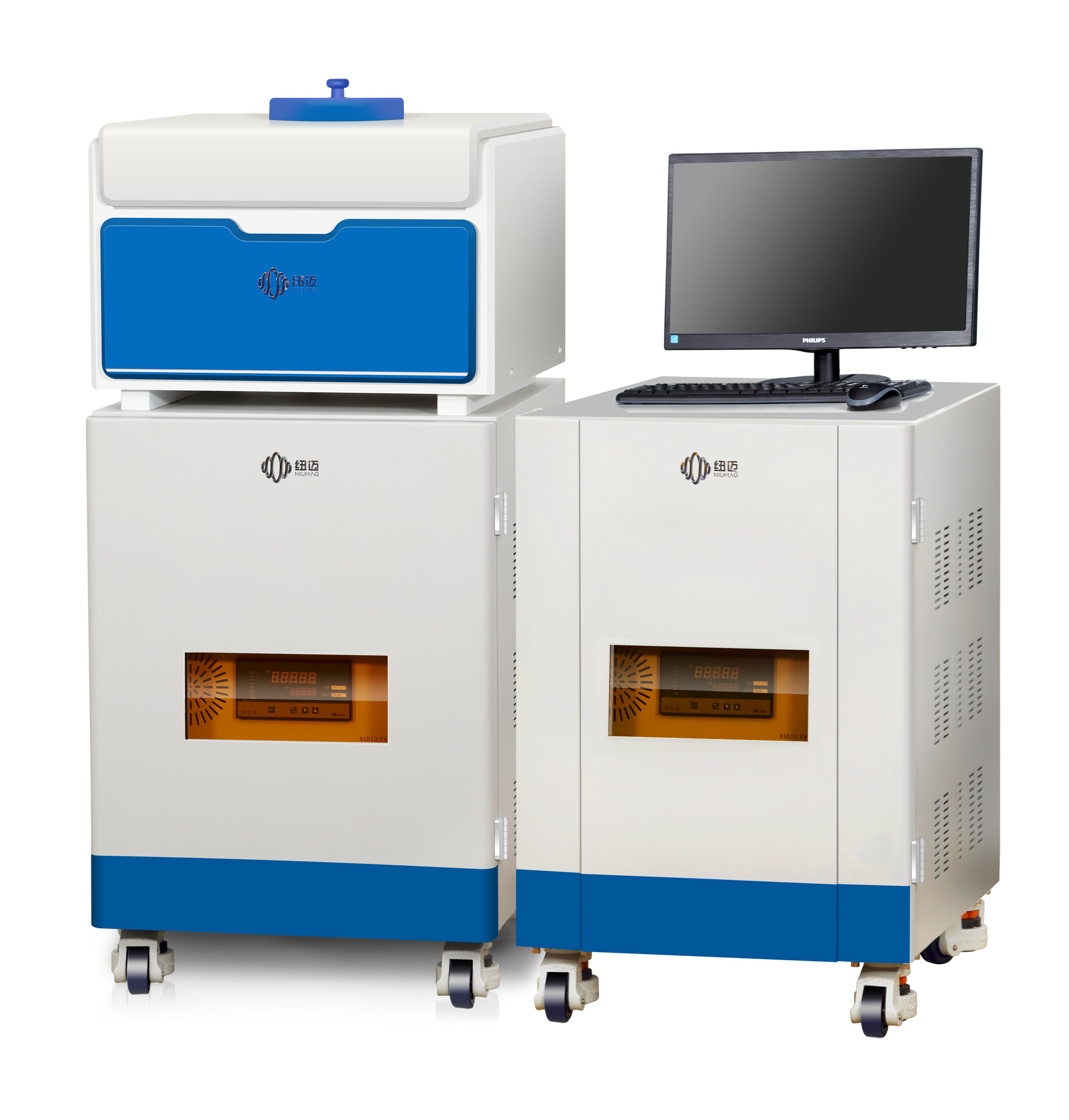Плотность сшивки Анализ методом ЯМР
Плотность сшивки Фон
Плотность сшивки относится к концентрации поперечных связей внутри полимера или полимерной сетки.. Сшивки – это химические связи, соединяющие полимерные цепи., создание трехмерной сетевой структуры. Плотность этих сшивок влияет на различные свойства полимера., например, механическая прочность, термическая стабильность, и химическая стойкость.
Плотность сшивки обычно определяется количественно путем определения количества поперечных связей на единицу объема или на единицу веса полимера.. более высокий плотность сшивки указывает на большее количество перекрестных связей, что приводит к более тесно связанной сети. Наоборот, более низкий плотность сшивки указывает на меньшую концентрацию сшивок, что приводит к более слабо связанной сети.
Плотность сшивки Методы измерения
Существует несколько методов определения плотность сшивки, включая экспериментальные методы и теоретические расчеты. Вот несколько часто используемых подходов:
- Метод набухания: В этом методе, образец полимера погружают в подходящий растворитель, и измеряется степень набухания. Степень отека зависит от плотность сшивки поскольку плотно сшитые сетки препятствуют проникновению растворителя. Путем сравнения набухшего объема или веса полимера с его ненабухшим состоянием., тот плотность сшивки можно оценить.
- Теория равновесного набухания: Этот теоретический подход включает анализ поведения равновесного набухания полимера с использованием математических моделей.. Данные о набухании соответствуют этим моделям., и плотность сшивки можно получить как подгоночный параметр.
- Теория упругости резины: Теория упругости резины, например, уравнение Флори-Ренера, связывает упругие свойства сшитого полимера с его плотность сшивки. Путем измерения механических свойств, такие как модуль упругости или поведение напряжения-деформации, тот плотность сшивки можно рассчитать с использованием этих теоретических моделей.
- Плотность сшивки Определение методом ЯМР: Как упоминалось ранее, ЯМР-спектроскопия может предоставить ценную информацию о плотность сшивки. Используя такие методы, как ЯМР спиновой диффузии или ЯМР релаксометрии., можно измерить среднее расстояние между сшивками или концентрацию мест сшивки, позволяющий определить плотность сшивки.
Выбор метода зависит от природы полимерной системы., имеющиеся инструменты, и желаемая точность и аккуратность. Исследователи и ученые часто используют сочетание экспериментальных и теоретических подходов, чтобы получить всестороннее понимание плотность сшивки в полимерах.
Плотность сшивки Анализ методом ЯМР
Плотность сшивки анализ методом ЯМР (Ядерный магнитный резонанс) это метод, используемый для определения степени сшивания внутри полимера или полимерной сетки.. ЯМР-спектроскопия дает ценную информацию о структуре и динамике молекул на основе их взаимодействия с магнитным полем..
NIUMAG VTMR20-010V-I объединяет различные технологии тестирования времени релаксации и магнитно-резонансной томографии., в сочетании с модулем переменной температуры, он может предоставить широкий спектр решений, который может выполнять неразрушающий быстрый анализ проб, таких как растворы, гели, твердые вещества, частицы.
NIUMAG VTMR20-010V-I ЯМР-анализатор с переменной температурой на месте
 заплесневелый
заплесневелый

